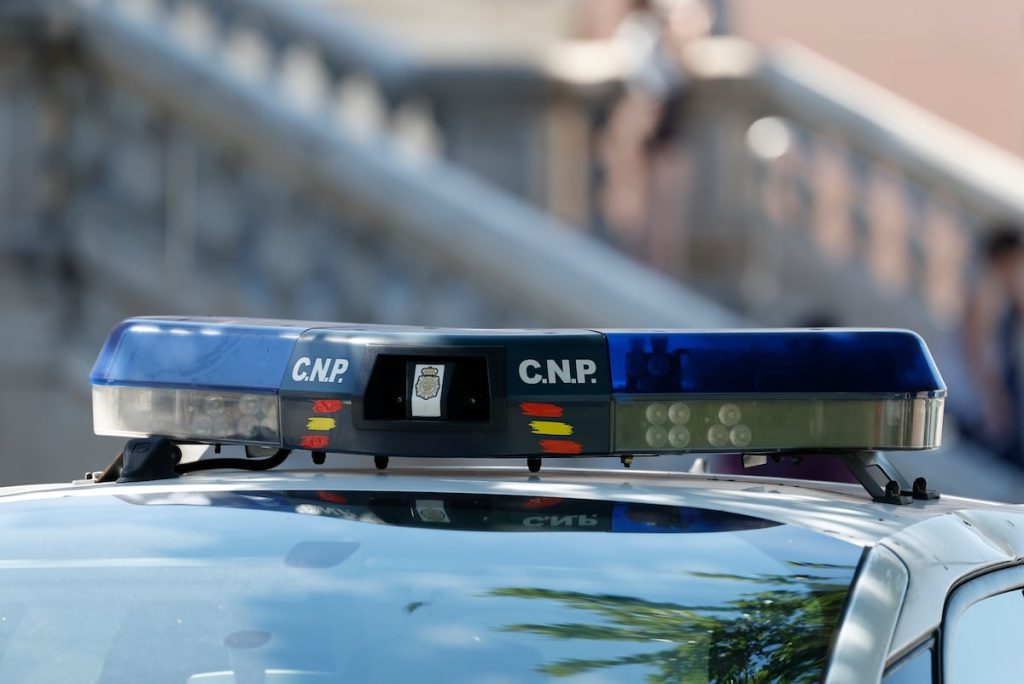The Spanish police has dealt a blow to the Sinaloa Cartel in a raid that took place over 9,000 kilometers away from its homeland. During the operation, nearly two tons of methamphetamine were seized, marking the largest drug bust of this substance in Spain and the second largest in all of Europe. The cell of the Mexican mafia being targeted is considered one of the two most powerful criminal organizations in the country and on the continent, alongside the Jalisco New Generation Cartel (CJNG). The operation dismantled the main synthetic drug supply point in Europe, based in cities such as Madrid, Tenerife, Valencia, and Alicante, which likely served as entry points for drug trafficking into the continent.
The police have not disclosed the exact number of individuals arrested or their roles within the organization, but reports suggest that five people have been detained, including three Spanish nationals, one Romanian citizen, and one Mexican. A press conference has been scheduled to provide further details on the operation and the seized material. This recent raid is not the first time Spain has been involved in significant arrests targeting the Sinaloa Cartel. In 2012, the Spanish National Police, in collaboration with the FBI, apprehended four drug traffickers sent by the cartel to establish a presence in Spain and expand their operations across Europe.
The large-scale seizure of methamphetamine twelve years after the “Dark Waters” operation indicates that the Sinaloa Cartel has successfully established itself in Spain. According to the annual report released by the DEA, Sinaloa and CJNG operate extensive criminal networks spanning over 40 countries and 50 states in the US. These organizations manage global supply chains from precursor chemicals to production facilities, involving a network of international partners, corrupt officials, money launderers, and other accomplices. The DEA highlights the Cartel’s ability to operate freely in Mexico due to its corrupt network within law enforcement, the military, and political circles.
The US authorities have identified Mexico as a major producer of methamphetamine and fentanyl, with Mexican cartels acquiring precursor chemicals from China and India to manufacture drugs in clandestine laboratories across the country. The drugs are then distributed to the US and other countries along their commercial route. Mexico’s production and distribution of these illicit drugs have contributed to a public health crisis in the US, with a reported 150 daily overdoses. The Mexican government has clashed with the US over the control and influence of the cartels, with calls from US lawmakers to designate them as terrorist organizations.
The ongoing territorial and trafficking disputes between the Sinaloa Cartel and the CJNG have fueled the violent crisis in Mexico. Beyond Mexico and the US, the DEA has identified Sinaloa’s expanded operations in countries like Spain, Morocco, South Africa, Russia, and Australia, along with Central and South America. The international reach of these criminal networks has enabled them to amass significant power and influence, leading to complex multinational operations that pose challenges to law enforcement agencies globally. The impact of these cartels is felt not only in Mexico but also across international borders, highlighting the transnational nature of the drug trade and organized crime.


